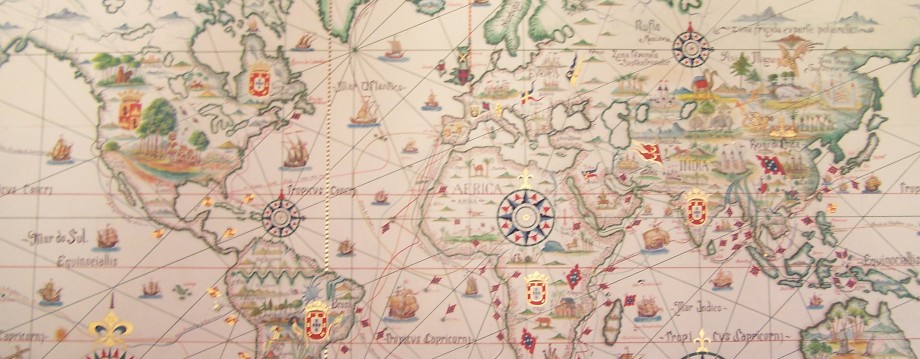I’m sure you remember my post from 28th October about Konstanty Jelski. The Zoological Department of Warsaw University Museum benefited so much from Jelski’s work that when he ceased the cooperation, the Department quickly decided to send another scientist to South America. I’m going to write a few words about that scientist.
Jan Stanislaw Sztolcman was born on 19th November 1854 in Warsaw. After middle school (gimnazjum in Polish) Sztolcman started studying zoology at the Warsaw University. That was year 1872. In the same year he joined the Zoological Department and became an assistant to Wladyslaw Taczanowski (zoologist). His main task was helping Taczanowski with preparation of birds skins sent from South America by Jelski. The Department was financed by counts Aleksander and Konstanty Branickis (the latter was financing Jelski’s expeditions).
In 1875 Sztolcman went to Peru to continue Jelski’s work. He chose Lima as his HQ. His expeditions covered Peru and Equador. He discovered four new bird species, described Indian tribes and as one of the first ornithologists described hummingbirds.
After 6 years, in 1881 Sztolcman returned to Warsaw only to go back next year. This time he went to Equador and set up his base in a city of Guayaquil. During his expeditions he was accompanied by Jozef Siemiradzki (geologist and palaeontologist), whose written coverage of those expeditions is the only available source of information. In the same year they met Ernest Malinowski (Peru’s national hero and the designer of Ferrocarril Central Andino – the central railway of Peru) with whom they spent Christmas. People who at least once spent Christmas away from home know how depressing it can be, so I’m sure it was a joyful time for all three of them. I’m going to dedicate at least one post to Ernest Malinowski. I’m also planning to take a ride across the Andes to see this marvel of engineering.

Sztolcman (sitting) and Siemiradzki with Sztolcman’s dog Jok (Dżok). Photograph taken in Equador in 1883
In 1884 Jan Sztolcman came back to Warsaw where three years later he became a director of the Branicki’s Zoological Museum which in 1919 became the very first National Zoological Museum in Poland. While working there he became docent and then a professor of geology and palaeontology.
In 1889 he established a “Polish Hunter” (Łowiec Polski) magazine which he had edited till his death. He also established a Cynological Association.
To break the routine, in 1901 Sztolcman took a part in the expedition to Sudan.
In 1923 he was sent to Paris as Polish representative for the First International Congress for the Protection of Nature. He presented there his project of saving the European Bison (he based that on similar project that was very successful in USA). At that time there were only around 50 European Bison alive around the world, all of them in captivity (the last “free” European Bison was killed in 1919). At the moment there are around 3000 European Bison living.
Even though he was a very busy man he found time to give hunting lectures at Agricultural University. In 1926 he became a member of the State Council for Nature Conservation.
Jan Sztolcman died on 29th April 1928 and was buried in Wilanow.
Apart from saving the European Bison from extinction Sztolcman left almost 370 scientific publications. They were published in Poland, France, UK, Germany and Russia. Many species of animals were named after him. He was one of the most merited explorers of South America.







